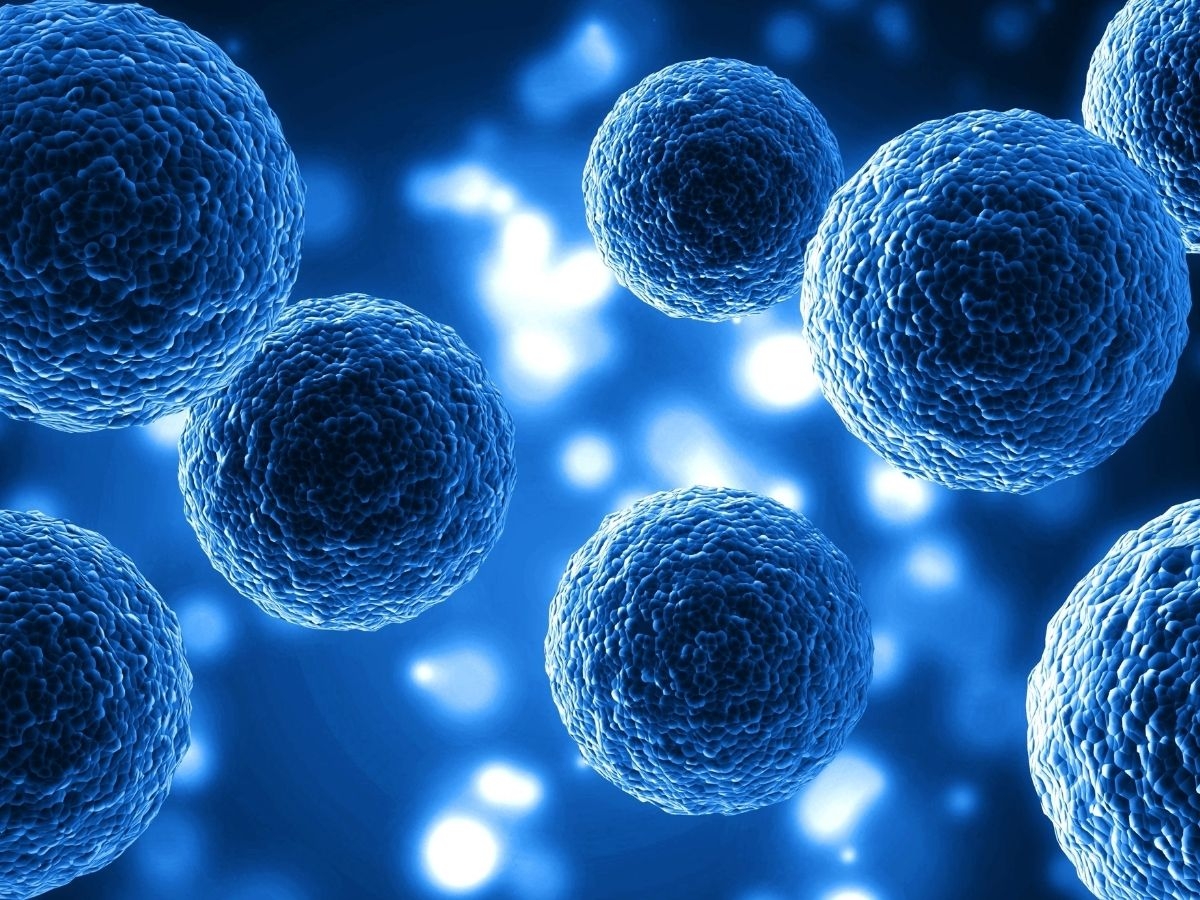Muse Cells: Our Body’s Built-In Repair Kit
April 11 2025


In the dynamic world of regenerative medicine, Muse cells stand out as the most remarkable discovery which have the potential to heal from within. Muse cells is an abbreviation for Multileneage-differentiating Stress-Enduring cells. These cells have opened up new doors to how one can recover from injuries, fight diseases and even slow down the process of aging. This process is most commonly called Muse cells regeneration.
But you must be wondering what exactly these cells are, how they were discovered and what makes them so special? Let’s dive deeper into this blog and find out.
What Are Muse Cells?
Muse cells are a rare and naturally occurring type of stem cell which are found in various connective tissues like:
- Bone marrow
- Peripheral blood
- Adipose or fat tissue
- Skin and dermis
You must be wondering what sets them apart? It is their ability to withstand extreme stress conditions, which most stem cells can not do–which is why they are called “stress-enduring” cells. These cells have the ability to differentiate into a plethora of functional cells such as neurons, liver cells, cardiac muscle and more—making them a crucial part of regenerative medicine.
Most importantly, these cells have the ability to do all their functions without forming tumors, which makes them stand out and safer for therapeutic use than most pluripotent stem cells like embryonic stem cells.
The Discovery of Muse Cells: A Fortuitous Breakthrough
Muse cells were discovered in 2010 by a neuroscientist and regenerative medicine expert–Dr. Mari Dezawa, from Tohoku University in Japan.
While working with mesenchymal stem cells she noticed this small group of cells that managed to survive in an extremely stressful environment–such as serum deprivation and suspension culture, which kills most cells.
While further investigating, her team found out that these cells had a higher regenerative power, could differentiate into various cell types, and most importantly were non-tumorigenic. This discovery led to the name Multilineage-differentiating Stress-Enduring (Muse) cells.
How Muse Cells Work: Nature’s Smart Responders
Muse cells are one of the most intelligent cells. When one's body gets injured or contracts a disease, muse cells get activated and they are able to-
- Sense cellular damage or inflammation
- Locate the site of injury or damage
- Identify and transform into the cell required
- Integrate into the injured tissue and promote recovery.
Compared to other stem cell therapies, muse cells do not require any lab manipulation, they self-regulate, self-repair and naturally integrate into the body’s ecosystem.
Why Muse Cells Matter in Modern Medicine
The potential that Muse cells possess is vast. As they are non-immunogenic (they do not trigger an immune response), they can be used not only in self-derived but also donor-derived therapies.
Over the years, research and clinical studies have proven that Muse cells benefit conditions like:
- Stroke – improving motor function and reducing brain damage.
- Spinal cord injury – restoring nerve connections and mobility.
- Heart failure – regenerating heart tissue post-attack.
- Liver cirrhosis – aiding detoxification and function.
- Autoimmune diseases – calming inflammation and supporting immune regulation.
- Skin wounds and ulcers – accelerating healing and tissue regeneration.
To add to this, ongoing clinical trials in Japan and all over the world are showcasing results that are safe and promising that too from only one dosage of Muse cells.
Muse Cells vs. Autologous Mesenchymal Stem Cells
While both Muse cells and autologous mesenchymal stem cells (MSCs) are used in regenerative medicine, they differ hugely in therapeutic potential, biological behaviour and clinical application. The table below showcases the key differences between the two.
Future of Muse Cell Therapy
Muse cells have proven to be a cutting-edge part of regenerative medicine. Their characteristics like stress endurance, pluripotency and safety–position them as a promising candidate for the future of therapies across various areas. While clinical trials are still ongoing, the growing body of research reflects a bright and hopeful future. For people looking for natural and safe healing, Muse cells will emerge to be a very significant therapy.
